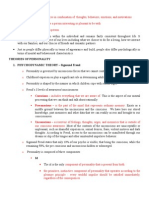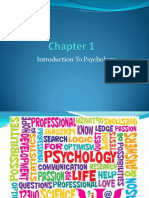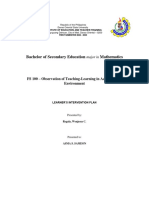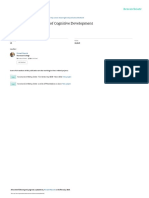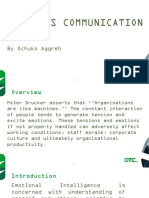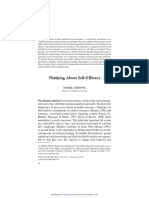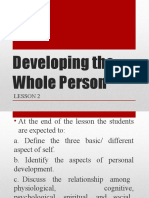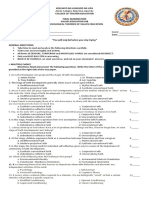0% found this document useful (0 votes)
31 views6 pagesIntroduction To Personality Notes
The document provides a comprehensive overview of personality, defining it as a combination of inner psychological characteristics influenced by heredity and environment. It discusses various theories of personality, including psychoanalytic, humanistic, social cognitive, and trait perspectives, highlighting key figures such as Freud, Rogers, and Bandura. Additionally, it outlines the properties of personality, its dynamic nature, and the five-factor model that categorizes traits into openness, conscientiousness, extraversion, agreeableness, and neuroticism.
Uploaded by
Ikel manongyaoCopyright
© © All Rights Reserved
We take content rights seriously. If you suspect this is your content, claim it here.
Available Formats
Download as DOCX, PDF, TXT or read online on Scribd
0% found this document useful (0 votes)
31 views6 pagesIntroduction To Personality Notes
The document provides a comprehensive overview of personality, defining it as a combination of inner psychological characteristics influenced by heredity and environment. It discusses various theories of personality, including psychoanalytic, humanistic, social cognitive, and trait perspectives, highlighting key figures such as Freud, Rogers, and Bandura. Additionally, it outlines the properties of personality, its dynamic nature, and the five-factor model that categorizes traits into openness, conscientiousness, extraversion, agreeableness, and neuroticism.
Uploaded by
Ikel manongyaoCopyright
© © All Rights Reserved
We take content rights seriously. If you suspect this is your content, claim it here.
Available Formats
Download as DOCX, PDF, TXT or read online on Scribd
/ 6































